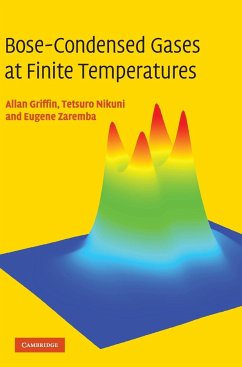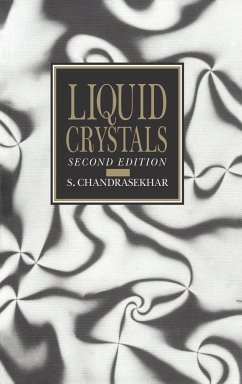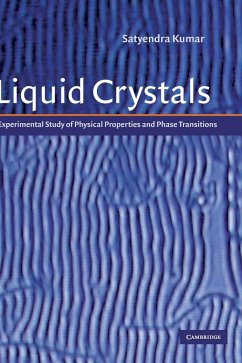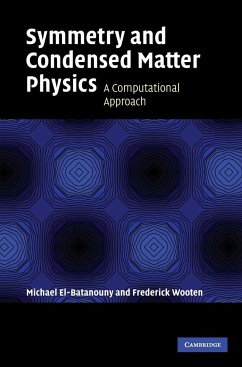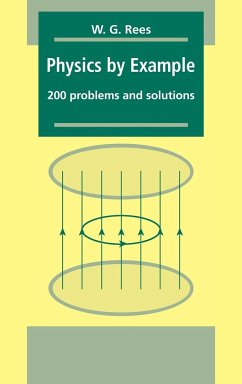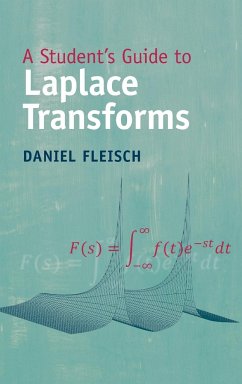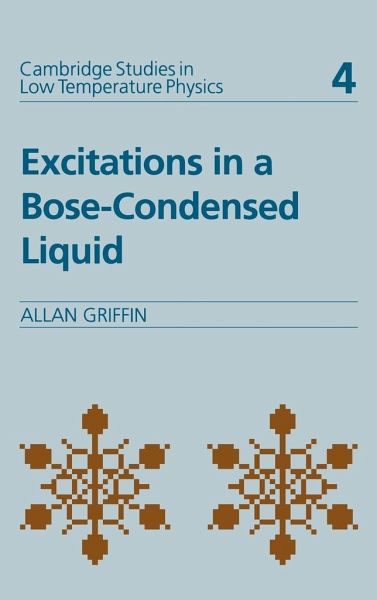
Excitations in a Bose-Condensed Liquid

PAYBACK Punkte
73 °P sammeln!
This volume gives an up-to-date, systematic account of the microscopic theory of Bose-condensed fluids developed since the late 1950s. In contrast to the usual phenomenological discussions of superfluid 4He, the present treatment is built on the pivotal role of the Bose broken symmetry and a Bose condensate. The many-body formalism is developed, with emphasis on the one- and two-particle Green's functions and their relation to the density response function. These are all coupled together by the Bose broken symmetry, which provides the basis for understanding the elementary excitations and resp...
This volume gives an up-to-date, systematic account of the microscopic theory of Bose-condensed fluids developed since the late 1950s. In contrast to the usual phenomenological discussions of superfluid 4He, the present treatment is built on the pivotal role of the Bose broken symmetry and a Bose condensate. The many-body formalism is developed, with emphasis on the one- and two-particle Green's functions and their relation to the density response function. These are all coupled together by the Bose broken symmetry, which provides the basis for understanding the elementary excitations and response functions in the hydrodynamic and collisionless regions. It also explains the difference between excitations in the superfluid and normal phases. Chapter 4 gives the first critical assessment of the experimental evidence for a Bose condensate in liquid 4He, based on high-momentum neutron scattering data.
Table of contents:
Preface; 1. Excitations in superfluid 4He: an introduction; 2. Dynamic response of helium atoms to thermal neutrons; 3. Bose broken symmetry and its implications; 4. High momentum scattering and the condensate fraction; 5. Dielectric formalism for a Bose fluid; 6. Response functions in the low frequency, long wavelength limit; 7. Phonons, maxons and rotons; 8. Sum rule analysis of the different contributions to dynamic structure analysis; 9. Variational and parameterized approaches; 10. Two-particle spectrum in Bose-condensed fluids; 11. Relation between excitations in liquid and solid helium; 12. The new picture: some unsolved problems.
An up-to-date account of the microscopic theory of the dynamics of superfluid 4He, with a focus on the pivotal role of the Bose condensate. The book gives a systematic account of excitations in both the hydrodynamic and collisionless frequency regions.
An up-to-date account of the microscopic theory of the dynamics of superfluid 4He.
Table of contents:
Preface; 1. Excitations in superfluid 4He: an introduction; 2. Dynamic response of helium atoms to thermal neutrons; 3. Bose broken symmetry and its implications; 4. High momentum scattering and the condensate fraction; 5. Dielectric formalism for a Bose fluid; 6. Response functions in the low frequency, long wavelength limit; 7. Phonons, maxons and rotons; 8. Sum rule analysis of the different contributions to dynamic structure analysis; 9. Variational and parameterized approaches; 10. Two-particle spectrum in Bose-condensed fluids; 11. Relation between excitations in liquid and solid helium; 12. The new picture: some unsolved problems.
An up-to-date account of the microscopic theory of the dynamics of superfluid 4He, with a focus on the pivotal role of the Bose condensate. The book gives a systematic account of excitations in both the hydrodynamic and collisionless frequency regions.
An up-to-date account of the microscopic theory of the dynamics of superfluid 4He.





